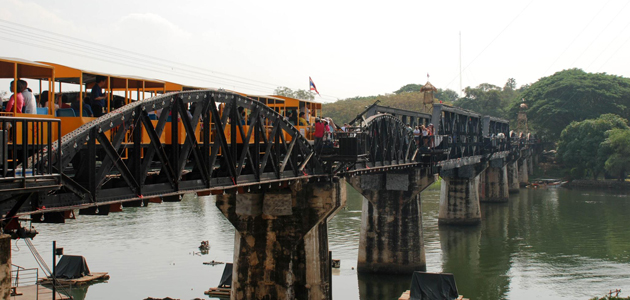Forgiveness on the River Kwai
John Lampen reflects on a remarkable story

The opening of the film The Railway Man, based on Eric Lomax’s book, and the publication of Eric Cordingley’s Down to Bedrock: The Diary and Secret Notes of a Far East Prisoner of War Chaplain 1942–1945, will take many minds back, once more, to the prisoners who built the Burma-Thai Railway and their treatment by the Japanese army, which left wounds that seem to be unhealed even after seventy years. Eric Lomax described how his experiences left a legacy of anger and nightmares and destroyed his marriage; and how a meeting late in life with Nagase Takashi, the interpreter who took part in his torture, brought compassion for his enemy’s years of subsequent guilt, which led to forgiveness. Before his book was published I already knew of Nagase from a dear Quaker friend, Bill Allchin, who had also worked on the railway as a prisoner and had met him. Bill sent me a little memoir by him, Crosses and Tigers.
You need to login to read subscriber-only content and/or comment on articles.
